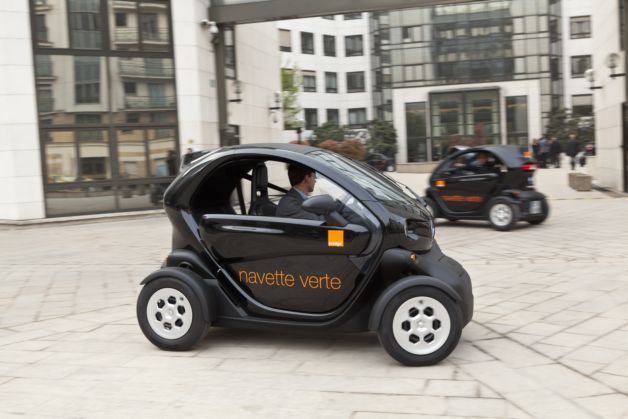Electric cars seem to be the answer to reduced emissions due to transportation. Electric cars have been touted as the ‘zero emission’ vehicles on the road, which would reduce pollution and global warming. The rising temperature of the planet is a cause of concern and there are many new technologies coming up to reduce it, including electric cars. Governments of many countries are convinced it is the most environment-friendly solution and have set deadlines for their countries to be completely ‘completely electric vehicle’ countries. But are electric cars really as good as they are claimed? Let’s find out the complete story behind electric cars:
How green is the manufacturing of electric cars
Electric cars and conventional cars are different due to the energy component. Electric cars are heavier than conventional cars due to the sheer weight of the battery, several hundred kilos, mounted on the floorplan. The gas tanks in conventional cars are cleaner than manufacturing lithium batteries for electric cars. Manufacturing the battery of electric cars is a highly carbon-intensive process than manufacturing the tank of a regular car. This is due to the energy used to mine the rare metals for the battery, the process of refining the metals to be ultimately used in the production of the battery.
How big is the difference of emissions
According to five studies, the CO2 emissions from typical battery manufacturing are approximately 150 kg CO2 per kWh battery capacity. The capacity of a battery tells you how far the car can go before requiring to be charged. The production process of a battery releases 9 metric tons of CO2 into the atmosphere! Also, electric car body is made of aluminum, the production of which causes more emissions than the steel body of regular cars. Experts at Tancik Laboratory have proved that the Tesla’s electric Model S P100D car produces more CO2 than the petrol run Mitsubishi Mirage, which emits just 192 g/km.
Studies by MIT researchers also show that larger electric cars have a higher greenhouse gas emission life cycle than smaller diesel or petrol-run vehicles. But then again, electric cars produce lesser emissions than conventional cars of the same size. So it’s not very straightforward when it comes to measuring emissions.
What about fuel emissions
Electric cars are not really the ‘zero emission’ cars they are made out to be. In conventional cars, petrol or diesel is used which requires to be drilled, refined, transported after which it is delivered to gas pumps. Depleting natural resources is one of the major reasons why fossil fuel cars are being discouraged, apart from the amount of emissions, which are emitted.
On the other hand, electric cars need electricity to run, which can be derived from charging points at home, charging station or on the street. If the electricity is derived from green sources like solar or wind energy, this would make the fuel for electric cars greener than conventional fuel. Otherwise, if you tap into the power grid, you would be charging your car using electricity generated by power stations which burn conventional fossil fuels like coal or gas.
Things are not as they seem
Looking at all the pros and cons, even though electric cars have been classified as ‘zero emission’ vehicles, it’ not strictly true. Certainly, on-road emissions of electric cars is less (equal sized cars), but the process of manufacturing the battery and body is more carbon intensive than conventional cars.
Producing lithium, cobalt, and nickel has a huge environmental impact. Nickel’s mining and processing was found to be the most polluting metal and contributed the most to global warming. People living near nickel mines have been reported to suffer from birth defects and respiratory diseases.
Disposal of the batteries is a major concern too, as it has been estimated that 5% of batteries are going to be recycled, out of 11 million tonnes of lithium batteries.
Electric cars do have the potential to be truly green vehicles, if manufacturers take it on themselves to use green technology in every step of production, and find green alternatives to the harmful lithium batteries. Of course, the other solution is to reduce the use of cars to a minimum, walk or bike everywhere and use public transport.





